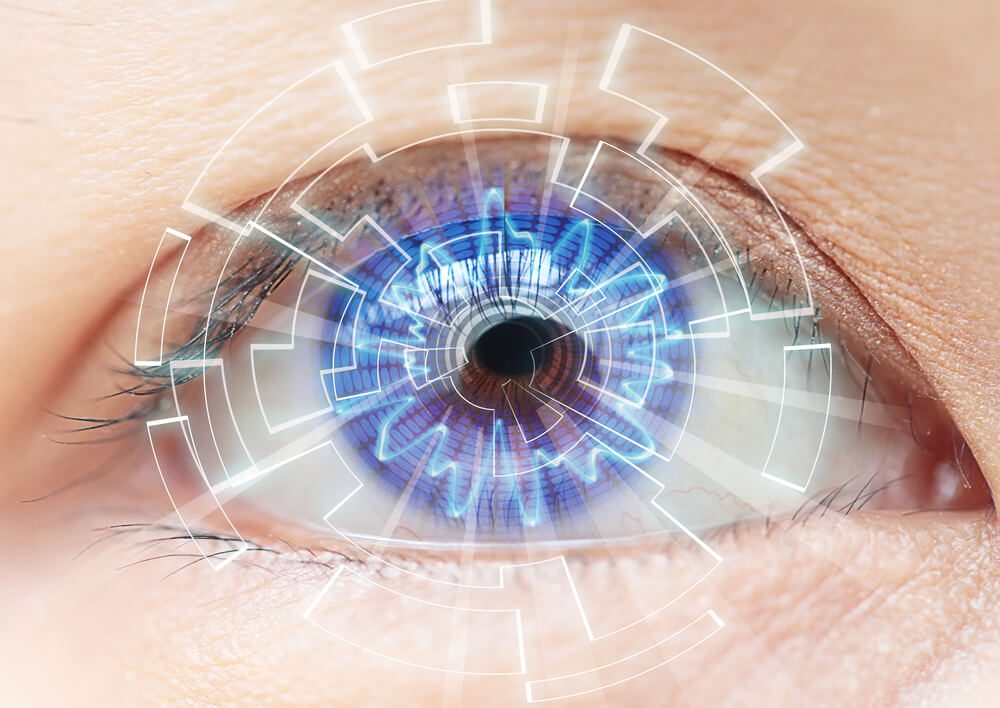Around 100,000 people, tired of wearing glasses or contact lenses, undergo corrective laser eye surgery in the UK every year. About 700,000 Lasik procedures are performed annually in the U.S. at an average cost of $2,000 per eye.

Laser eye surgery is one of the most popular surgeries to improve eyesight, but there are lots of myths surrounding this procedure. Learn more on Myths surrounding Laser Eye Surgery.


The procedure is painless and lasts a few minutes. However, before the surgery the patient is given drops to put in the eyes in order to relax them. Patients may feel a small amount of discomfort during and after the surgery as the eye is kept open throughout, but the procedure only takes one to two minutes per eye.


As with any surgery, LASIK eye surgery carries risks, including under-correction, overcorrection, astigmatism, glare, halos and double vision, dry eyes and flap problem. The biggest risk is infection, however, contact lens wearers are ten times more likely to develop an infection than those who undergo laser eye surgery. Certain health conditions can increase the risks associated with LASIK surgery or make the outcome less predictable. These include autoimmune disorders, such as rheumatoid arthritis, immunodeficiency conditions caused by immunosuppressive medications or HIV, persistent dry eyes, pregnancy, unstable vision, and a condition of the cornea called keratoconus. Talk to an experienced doctor about your questions and concerns. He or she can explain how the surgery might benefit you and help put the risks in perspective.


Over the years the cost of this procedure has reduced considerably. When you consider the amount spent on glasses and contact lenses, it may even be a saving! Most customized wavefront procedures that also use laser-created flaps cost from $1,501 to $2,500 per eye.
![]()
There is no upper age limit on refractive surgery procedures. It depends on the state of the eyes. The lens has to be clear and the patient must understand that LASIK will not prevent a cataract from developing in the future. According to Jonathan M. Davidorf, MD, who performs refractive surgery on patients at both ends of the age spectrum, his oldest refractive surgery patient was 85 years old with otherwise extremely healthy eyes. “The ideal candidates are hyperopes or myopes with a lot of astigmatism who require a low correction,” Dr. Davidorf said.
“These older people want better vision, just like anyone else. I think it is a great population to treat.” Dr. Kornmehl recalled one patient, a 73-year-old woman. “She came into our office and looked 50,” he said. “She had perfect skin, her lenses looked good, she had stable vision and there was no evidence of cataract. Despite her age, we considered her an excellent candidate for LASIK.”
An ideal patient is between the ages of 21 and 65, although there are always exceptions.
![]()
Laser eye surgery actually involves reshaping the cornea to correct a refractive error. Laser eye surgery can correct near-sightedness, far-sightedness and astigmatism.
It does this by ‘remodelling’ the shape of the cornea. The excimer laser gently removes a pre-determined amount of tissue from the corneal stroma. Once the tissue is removed, it cannot grow back. Therefore, the result of laser eye surgery is permanent. Your eyes may change over time, but in most cases the results are permanent.
![]()
Healing after LASIK eye surgery usually occurs very rapidly. Vision may be blurry and hazy for the first day, but most patients notice improved vision within a few days of surgery.
![]()
Specific follow-up after the surgery varies from one surgeon to another. You will revisit the doctor for an evaluation 24 to 48 hours after LASIK eye surgery, as well as at regular intervals within the first six months. Your doctor will give you prescription eye drops to prevent infection and inflammation and eyedrops to keep your eyes moist. These drops may cause a momentary slight burn or blurring of your vision when you use them. Do not use any eye drops not approved by your eye doctor.
![]()
The degree of corneal reshaping required to correct your vision affects the likelihood of achieving 20/20 vision after the procedure. Although most people who require extensive corneal sculpting experience a significant improvement in their vision, they are less likely to experience 20/20 vision after LASIK compared to people with less severe corneal abnormalities. Postoperative satisfaction is determined by a variety of factors, including the type and severity of your original visual problem, the technique used to reshape your cornea and your expectations prior to the procedure.
![]()
A study by the University of Illinois at Chicago researchers report there were only minor differences in the results of both types of procedures (LASIK Vs LASEK). The slight differences in the visual and refractive results came out in favor of LASEK, though the researchers report these differences would not be obvious to a patient. Both procedures seem safe, effective, and predictable. The findings are published in the current issue (Dec 2006) of American Journal of Ophthalmology.
![]()
As with all surgical procedures there are laser eye surgery risks and you should make sure you fully understand them before you decide to proceed with the surgery. The most important thing when it comes to a safe and successful laser eye surgery procedure is choosing a competent and experienced surgeon who has the knowledge and skill to rectify any complications should they occur during or after the surgery.
According to the Royal College of Ophthalmologist’ guidelines on who should carry out laser eye surgery. The guidelines say that only doctors with specialist training should carry out the procedure. An expert surgeon is better equipped to avoid complications even if they have not previously seen them. And when these do occur, trained experts will have the knowledge and ability to correct them.
Reference: